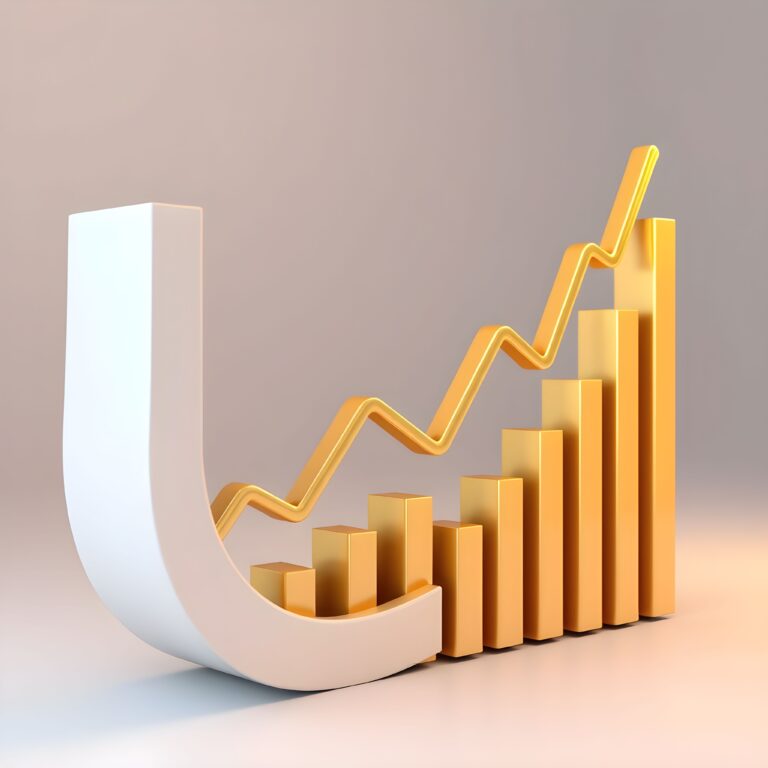In recent times, a noteworthy trend has emerged in the United States economy—consumer spending is on the rise. This surge in spending has caught the attention of experts and analysts, sparking discussions about its potential impact on the overall economic landscape. While increased consumer spending can signify economic growth and confidence, a red flag has been raised due to the declining savings rates accompanying this trend. In this article, we will delve into the intricacies of this phenomenon, exploring its implications and shedding light on the importance of healthy savings habits.
The Surge in US Consumer Spending: A Snapshot
Consumer spending, often regarded as the backbone of the US economy, has experienced a noticeable acceleration in recent months. As businesses reopened after pandemic-related closures and vaccination efforts gained traction, consumers have been more willing to open their wallets and make purchases. This increase in spending has been observed across various sectors, including retail, travel, dining, and entertainment. While this uptick can be seen as a positive sign of economic recovery, it’s essential to examine the potential consequences it might carry.
The Decline in Savings: A Cause for Concern
One concerning aspect accompanying the surge in consumer spending is the decline in personal savings rates. Historically, a healthy savings rate has been indicative of financial stability and the ability to weather unexpected economic downturns. However, as consumers divert more of their income towards spending, the savings rate has dwindled. This can have far-reaching consequences, especially in the face of uncertainties such as medical emergencies, job loss, or economic downturns.
Unpacking the Factors Driving Increased Spending
Several factors contribute to the accelerated consumer spending we’re witnessing. The successful rollout of COVID-19 vaccines has boosted consumer confidence, encouraging them to resume pre-pandemic activities. Additionally, government stimulus measures have injected funds into households, providing them with the means to spend. The pent-up demand resulting from lockdowns has also played a role, as individuals and families eagerly indulge in activities they were deprived of during the height of the pandemic.
The Importance of Healthy Savings Habits
While spending is essential for economic growth, maintaining a healthy balance between spending and saving is equally crucial. Healthy savings habits act as a safety net, offering individuals and families the resilience to navigate unexpected financial challenges. Savings provide a buffer during lean times, enable major life milestones like homeownership and education, and contribute to long-term financial security.
The Red Flag: Striking a Balance
The declining savings rates in the face of escalating spending raise a red flag for economists and financial experts. While consumer spending drives economic growth, it’s essential to strike a balance that ensures the well-being of both individuals and the economy as a whole. Encouraging responsible spending while promoting savings education could help address this imbalance.
In Conclusion
The acceleration of US consumer spending paints a mixed economic picture. While it signals economic recovery and renewed confidence, the declining savings rates raise concerns about financial vulnerability. Achieving a balance between spending and saving is crucial for sustained economic health. As consumers continue to navigate the evolving landscape, understanding the importance of savings and making informed financial decisions will play a pivotal role in shaping their financial well-being and the stability of the broader economy.












